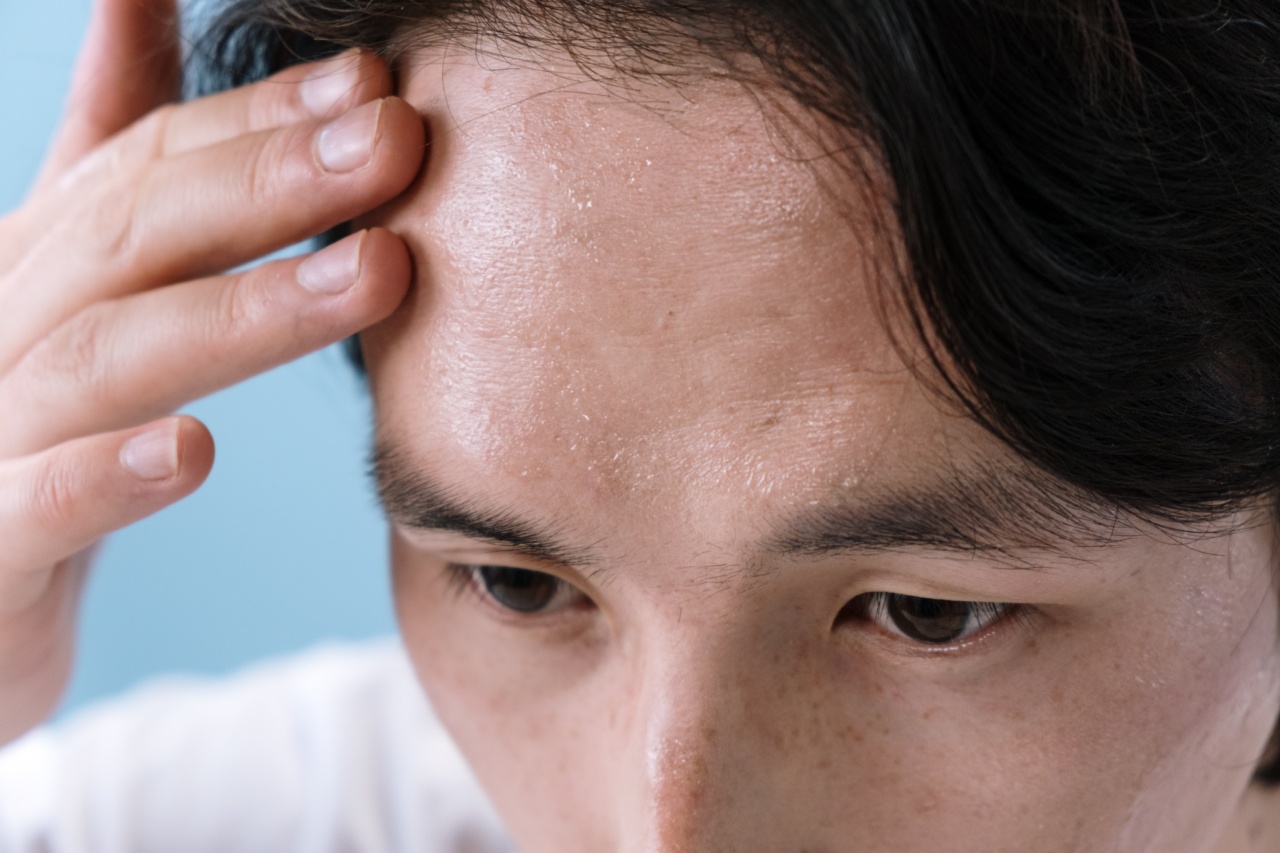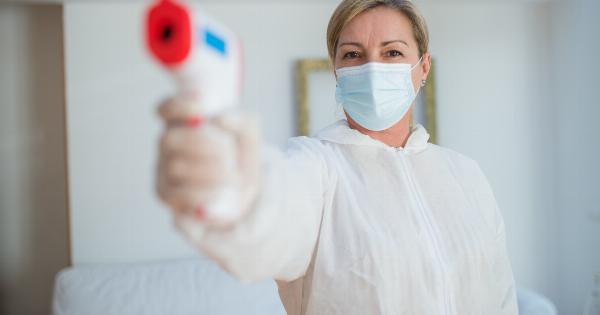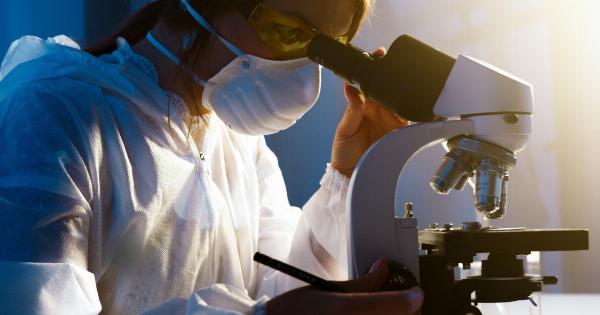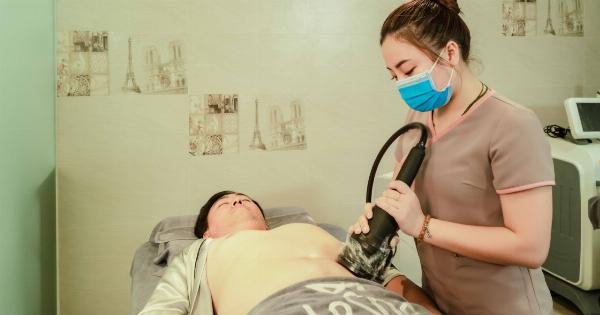Sexually transmitted diseases (STDs) are infections that are spread through sexual contact. They can be caused by bacteria, viruses, or parasites.
Some STDs have no symptoms at all, making it easy for them to be unknowingly transmitted from one person to another. However, many STDs do produce symptoms that you should be aware of. Here are some of the most common symptoms of sexually transmitted diseases.
1. Pain or Burning During Urination
If you experience pain or a burning sensation during urination, it could be a sign of an STD. This symptom is most often associated with chlamydia and gonorrhea, two of the most common STDs.
These infections can cause inflammation and irritation in the urethra, which can lead to pain or discomfort when urinating.
2. Genital Discharge
Abnormal discharge from the genital area is another symptom of STDs. The characteristics of the discharge can vary depending on the infection. For example, gonorrhea can cause a thick, cloudy discharge that is yellow or green in color.
Chlamydia may produce a clear or white discharge.
3. Pain or Discomfort During Sex
STDs can cause pain or discomfort during intercourse. This symptom is most often associated with infections that affect the vagina or cervix, such as trichomoniasis or HPV.
However, it can also be a symptom of infections that affect the urethra or prostate in men.
4. Genital Sores or Blisters
Some STDs can cause open sores or blisters on the genitals or anus. These sores can be painful and may bleed or ooze fluid. Common STDs that produce genital sores include herpes and syphilis.
5. Rash or Itching
STDs can cause a rash or itching in the genital area or on other parts of the body. The rash may be red, raised, or blistered. Itching can be a symptom of a number of different STDs, including pubic lice and scabies.
6. Abdominal Pain or Discomfort
Some STDs can cause mild to severe abdominal pain or discomfort. This symptom is most often associated with infections that affect the reproductive organs, such as pelvic inflammatory disease (PID).
7. Fever or Flu-like Symptoms
If you experience a fever or flu-like symptoms, it could be a sign of an STD. This symptom is most often associated with HIV, but can also be a symptom of other STDs, such as syphilis or gonorrhea.
8. Swollen Lymph Nodes
STDs can cause inflammation and swelling of the lymph nodes. Swollen lymph nodes may be tender to the touch and can occur in the groin or other areas near the site of infection.
9. Fatigue or Malaise
Some STDs can cause fatigue or feelings of malaise. This symptom may occur with other flu-like symptoms and is most often associated with HIV.
10. No Symptoms
It is important to remember that many STDs have no symptoms at all. This can make it difficult to know if you or your partner has an STD. Regular testing is the best way to know for sure if you have an STD or not.




























